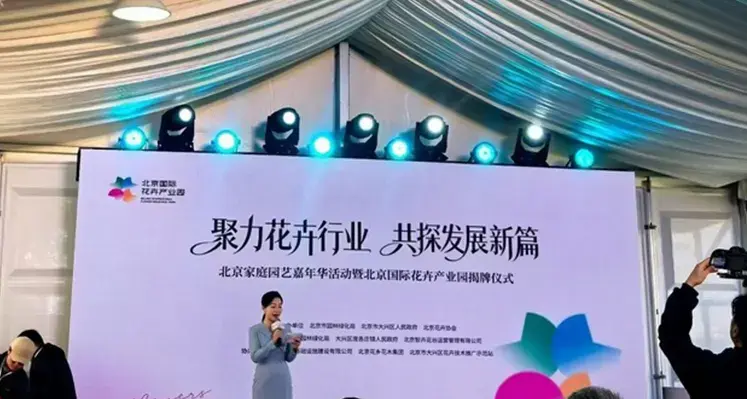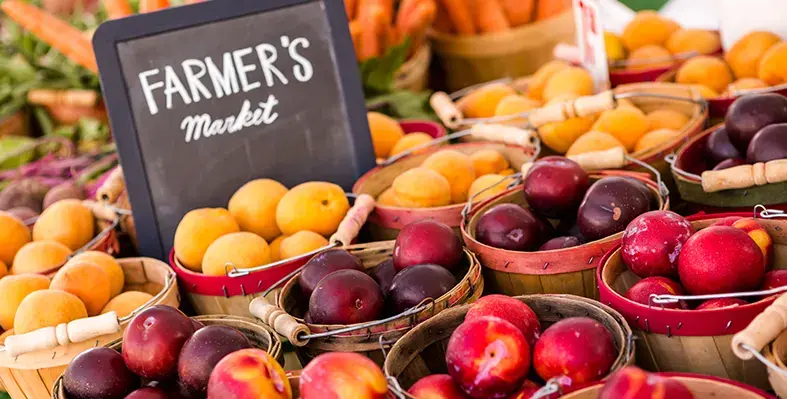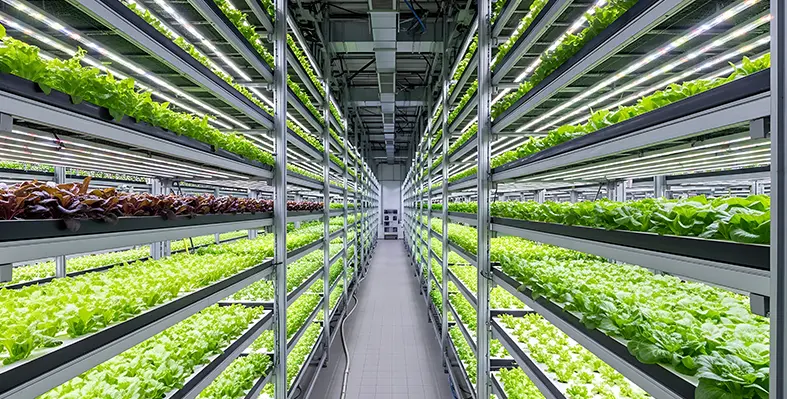
The park’s strategic location enhances its role as a gateway for international flower commerce.(Image credit: Floral daily)
China’s floriculture sector reached a major milestone on 8 December with the official opening of the Beijing International Flower Industrial Park.
The inauguration ceremony brought together around 100 representatives from across the national flower industry, underlining the project’s significance for both domestic and international markets.
Situated in Panggezhuang Town, Daxing District, the park spans 552.6 mu (approximately 36.84 hectares) and is equipped with 60,000 square metres of state-of-the-art greenhouses. Designed as a next-generation floriculture hub, the park aims to integrate “innovation and R&D + production demonstration + digital trade + cultural tourism experience,” with a strong emphasis on bulb flowers for research, cultivation and global trade.
The park’s strategic location enhances its role as a gateway for international flower commerce. Just 20 minutes from Beijing Daxing International Airport and close to the Jingkai Expressway, it offers efficient logistics for both imports and exports. A number of leading domestic and international flower companies have already established a presence, creating a vibrant ecosystem for collaboration, innovation and commercial growth.
Looking ahead, the park plans to introduce more premium international flower varieties while actively promoting distinctive Chinese local breeds to overseas markets. This dual strategy is expected to strengthen China’s competitiveness in the global floriculture industry and support domestic enterprises in expanding internationally.
The opening was marked by a Home Gardening Forum, where industry experts and business leaders shared insights on popular ornamental plants including Phalaenopsis, Amaryllis, Paphiopedilum and Rhododendron. Together, these initiatives position the park as a key driver of innovation, trade and sustainable growth in China’s rapidly evolving flower industry.








